Sky’s the limit: celebrating engineering that’s out of this world
Researchers from π˙√Ò≤ ∆± Engineering are harnessing new technologies to help build Australia‚Äôs space future.
Researchers from π˙√Ò≤ ∆± Engineering are harnessing new technologies to help build Australia‚Äôs space future.
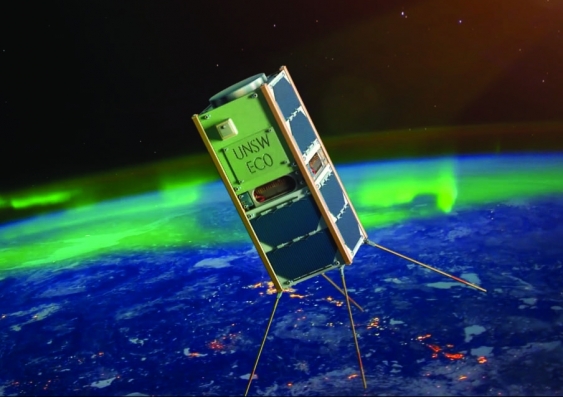
Cecilia Duong
π˙√Ò≤ ∆± News & Content
02 9065 1740
cecilia.duong@unsw.edu.au
On International Day of Human Space Flight ‚Äì an annual¬Ýcelebration of the beginning of the space era for mankind that‚Äôs designed to reaffirm the important contribution of space science and technology in today‚Äôs world ‚Äì π˙√Ò≤ ∆± Engineering is looking¬Ýat some of its own space-related research highlights.
Whether it's finding ways to mine water on the moon or developing space cells with the highest efficiencies, researchers from π˙√Ò≤ ∆± Engineering are harnessing new technologies to help build Australia‚Äôs space future. Our student-led projects, such as BlueSAT and American Institute of Aeronautics and Astronautics (AIAA Rocketry), are also providing students with real-world experience in multi-disciplinary space engineering projects to continue to promote space technology in Australia.
Here are a few highlights of how π˙√Ò≤ ∆± Engineering research is innovating both on Earth and in space.
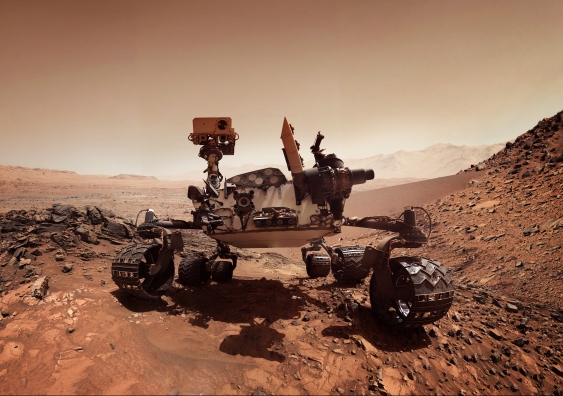
Image: Shutterstock
A team of π˙√Ò≤ ∆± Engineers have put together a multi-university, agency and industry project team to investigate the possibilities of mining water on the moon to produce rocket fuel.
Find out .
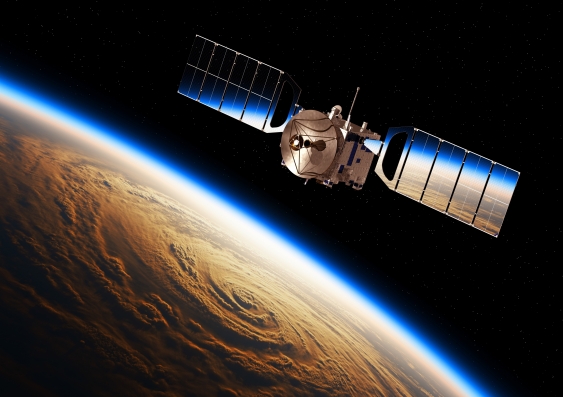
Solar cells used in space are achieving higher efficiencies than those used at ground level, and now there are ways to have them working on Earth without breaking the bank.
Find out .
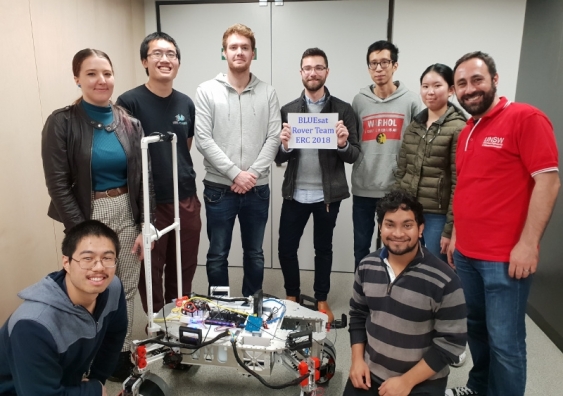
π˙√Ò≤ ∆±‚Äôs Off-World Robotics team ‚Äì part of the long-running BLUEsat student-led project ‚Äì achieved their best placing in the competition to date.
A team of eight π˙√Ò≤ ∆± Engineering students came eighth in the European Rover Challenge (ERC) in Poland, one of the world‚Äôs biggest international space and robotics events, defeating 57 teams from around the globe.
Find out .
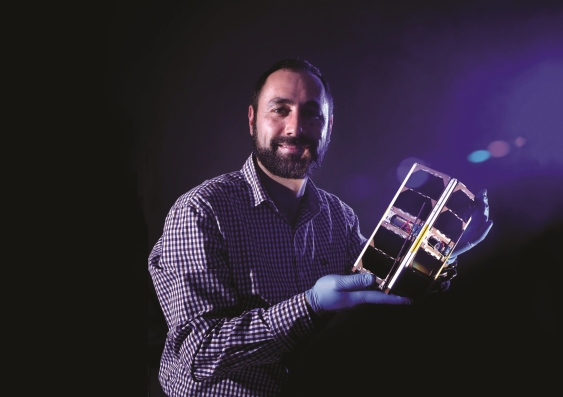
Associate Professor Elias Aboutanios with π˙√Ò≤ ∆±-Ec0. Photo:Grant Turner
π˙√Ò≤ ∆±-EC0, a CubeSat built by a team led by Australian Centre for Space Engineering Research (ACSER) deputy director Associate Professor Elias Aboutanios, is studying the atomic composition of the thermosphere using an on-board ion neutral mass spectrometer.
Find out .
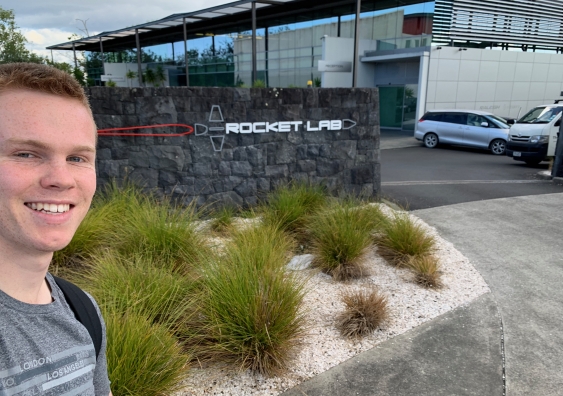
Third-year Aerospace Engineering student, Sam Wilkinson, scored an internship at Rocket Lab in New Zealand.
Third-year Aerospace Engineering student, Sam Wilkinson, describes how he landed an internship at an international aerospace company, which¬Ýworks with organisations such as NASA, without going through the usual application process.
Find out .